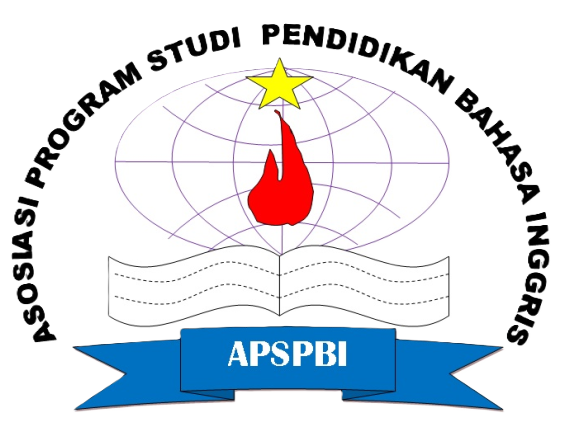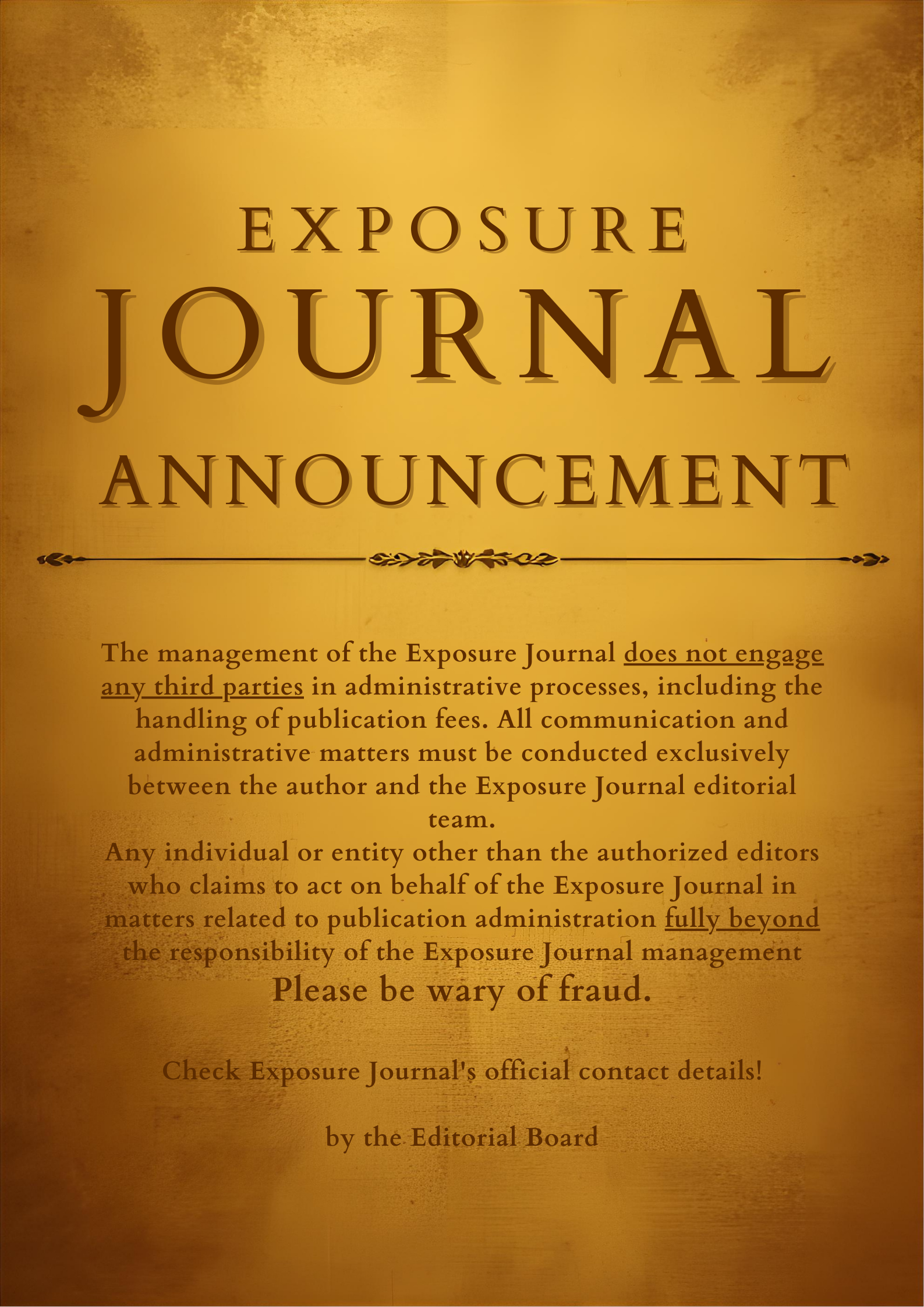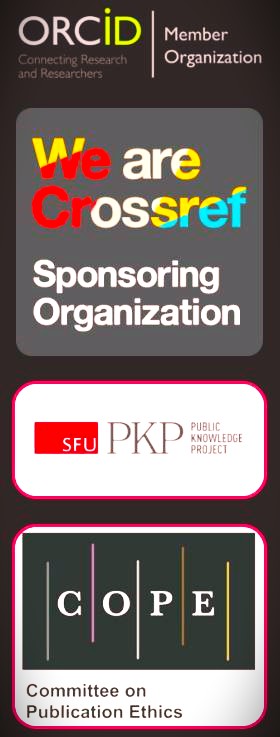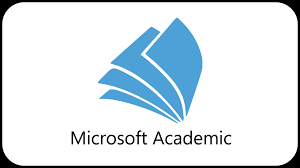THE USE OF AUDIO-LINGUAL METHOD IN TEACHING LISTENING COMPREHENSION AT THE SECOND YEAR STUDENTS OF SMK YAPIP MAKASSAR SUNGGUMINASA
DOI: https://doi.org/10.26618/exposure.v5i1.808
Abstract
Listening is one of the four basic skills in learning a foreign language besides listening, reading, and writing. It has been taught since the students entered a junior high school, however, there are some difficulties faced by vocational school students to listen to the recording. After doing observation, some teachers say that they still have difficulties to teach listening to students since students are not able to express what is on their minds because of their lack of actual language. To help the teachers in teaching listening to students, teachers may use an interesting teaching method to present their teaching materials that also help them in creating a fun class. One of the alternative methods is Audio-lingual teaching method. The objectives of the study were to explain the students’ ability to recognize word meaning in the context and to recognize the content of the text. The design of the research used a collaborative classroom action research (CAR). This kind of research was designed by a group which consisted of teacher and researcher from the educational university. The place of this research was in SMK YAPIP MAKASSAR. The samples in this research were the students at the second year of class 2 Akuntansi 1. After conducting the research, the students’ means score showed the improvement in cycle 2. It is concluded that using audio-lingual could help to improve students’ listening comprehension.
Keywords: listening comprehension, audio-lingual, recognizing word meaning and the content of the text, classroom action research
References
Anderson, Stephen C.1985. "Animate and inanimate pronominal systems in Ngyemboon-Bamileke.”Journal of West African Languages 15(2): 61-74.
Brown. A and Dowling. P.1998. Doing Research/Reading Research: A mode of Interrogation for Education. London: The Falmer Press.
Brown, James Dean. 1988. Understanding Research in Second Language Learning. United States of America: Cambridge University Press.
Bygate, Martin.2000.Teaching and Researching Speaking. London: Longman.
Derewianka, Beverly.1990.Exploring How Texts Work. London: Primary English Teaching Association.
Direktorat Jenderal Pendidikan Dasar dan Menengah, Direktorat Pendidikan Lanjutan Pertama.2004.Pelajaran Bahasa Inggris Kelas VII. Jakarta: Dit.PLP, Ditjen Dikdasmen, Depdiknas.
Feyten, C. M. (1991). The Power of Listening Ability: An Overlooked Dimension in Language Acquisition. The Modern Language Journal 75:173-80.
Gay, L. R.1987. Educational Research. Columbus: Mill Publishing Company.
Gronlund, Norman. E.1982. Constructing Achievement Tests. USA: Prentice Hall, Inc.
Harmer, Jeremy. 2001. The Practice of English Language Teaching. London: Longman.
Harris, P. David. 1969. Testing English as a Second Language. USA: McGraw-Hill, Inc.
Haycraft, John. 2002. An Introduction to English Language Teaching. London: Longman.
Heaton, J.B.1984.Writing English Language Tests. London: Longman.
Johnson. D. M. 1987. Approaches to Research in Second Language Learning. London: Longman Group Ltd.
Downloads
Published
How to Cite
Issue
Section
License
Authors who publish with this journal agree to the following terms:
In order to assure the highest standards for published articles, a peer review policy is applied. In pursue of the compliance with academic standards, all parties involved in the publishing process (the authors, the editors and the editorial board and the reviewers) agree to meet the responsibilities stated below in accordance to the Journal publication ethics and malpractice statement.
Duties of Authors:
- The author(s) warrant that the submitted article is an original work, which has not been previously published, and that they have obtained an agreement from any co-author(s) prior to the manuscript’s submission;
- The author(s) should not submit articles describing essentially the same research to more than one journal;
- The authors(s) make certain that the manuscript meets the terms of the Manuscript Submission Guideline regarding appropriate academic citation and that no copyright infringement occurs;
- The authors(s) should inform the editors about any conflict of interests and report any errors they subsequently, discover in their manuscript.
Duties of Editors and the Editorial Board:
- The editors, together with the editorial board, are responsible for deciding upon the publication or rejection of the submitted manuscripts based only on their originality, significance, and relevance to the domains of the journal;
- The editors evaluate the manuscripts compliance with academic criteria, the domains of the journal and the guidelines;
- The editors must at all times respect the confidentiality of any information pertaining to the submitted manuscripts;
- The editors assign the review of each manuscript to two reviewers chosen according to their domains of expertise. The editors must take into account any conflict of interest reported by the authors and the reviewers.
- The editors must ensure that the comments and recommendations of the reviewers are sent to the author(s) in due time and that the manuscripts are returned to the editors, who take the final decision to publish them or not.
Authors are permitted and encouraged to post online a pre-publication manuscript (but not the Publisher’s final formatted PDF version of the Work) in institutional repositories or on their Websites prior to and during the submission process, as it can lead to productive exchanges, as well as earlier and greater citation of published work (see The Effect of Open Access). Any such posting made before acceptance and publication of the Work shall be updated upon publication to include a reference to the Publisher-assigned DOI (Digital Object Identifier) and a link to the online abstract for the final published Work in the Journal.














